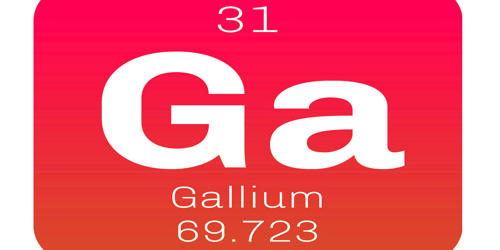Wearable technology advancements are changing the way we live, work, and play, as well as how healthcare is given and received. Smartwatches and wireless earbuds are examples of wearables that have found their way into ordinary life, while in the healthcare field, typical devices include wearable injectors, electrocardiogram (ECG) monitoring patches, listening aids, and more.
The difficulty of keeping these wearables correctly and easily charged is a key stumbling block for their deployment. As the number of wearables used grows, so does the need to charge several batteries, which consumes a lot of power. Many users find it inconvenient to charge several devices every day, and when batteries run out, service interruptions arise.
A research team lead by Associate Professor Jerald Yoo of the National University of Singapore’s (NUS) Department of Electrical and Computer Engineering and the N.1 Institute for Health has discovered a solution to these issues. Their technique allows a single device, such as a phone in a pocket, to wirelessly charge additional wearable gadgets on a user’s body by transmitting electricity via the human body.
The team’s innovative method has the extra benefit of being able to gather wasted energy from gadgets in a typical home or office setting in order to fuel the wearables. On June 10, 2021, their achievement was initially reported in the journal Nature Electronics. It is the first of its sort to be found in the literature on electronic wearables.
Using the human body as a medium for energy transmission –
Power transmission and energy harvesting techniques are necessary to increase battery life and maintain the completely autonomous but wireless operations of wearable devices. Traditional methods for charging body area wearables, on the other hand, are restricted by the distance that power can be communicated, the “path” that energy can travel without encountering barriers, and the stability of energy movement.
As a result, none of the present techniques have been able to give long-term power to wearables that are worn all over the body. The NUS team decided to turn the tables on these restrictions by creating a receiver and transmitter system that leverages the human body as a medium for power transmission and energy harvesting, which is the fundamental hurdle in wireless powering. A chip is included in each receiver and transmitter and serves as a springboard for extending coverage over the entire body.
The transmitter must be connected to a single power source, such as a smartwatch on the user’s wrist, and numerous receivers can be put anywhere on the person’s body. The system then uses body-coupled power transfer to capture energy from the source and power various wearables on the user’s body.
In this method, the user only needs to charge one device, and the rest of the devices may be charged up from that one source at the same time. Experiments by the researchers revealed that a single fully charged power source can power up to 10 wearable gadgets on the body for over 10 hours.
The NUS team investigated explored gathering energy from the environment as a backup source of electricity. Their research discovered that parasitic electromagnetic (EM) waves exist in the normal workplace and residential contexts, which individuals are constantly exposed to, such as from a running laptop. The team’s unique receiver scavenges EM waves from the environment, and the human body may harvest this energy to power wearable gadgets, regardless of their placement on the body, through a process known as body-coupled powering.
Paving the way for smaller, battery-less wearables –
On the benefits of his team’s method, Assoc Prof Yoo said, “Batteries are among the most expensive components in wearable devices, and they add bulk to the design. Our unique system has the potential to omit the need for batteries, thereby enabling manufacturers to miniaturize the gadgets while reducing production costs significantly. More excitingly, without the constraints of batteries, our development can enable the next generation wearable applications, such as ECG patches, gaming accessories, and remote diagnostics.”
The NUS team will continue to improve the transmitter/receiver system’s powering efficiency in the hopes that, in the future, any given power-transmitting device, such as a user’s smartphone or smartwatch, will be able to meet the network power demands of all other wearables on the body, allowing for longer battery life.
















